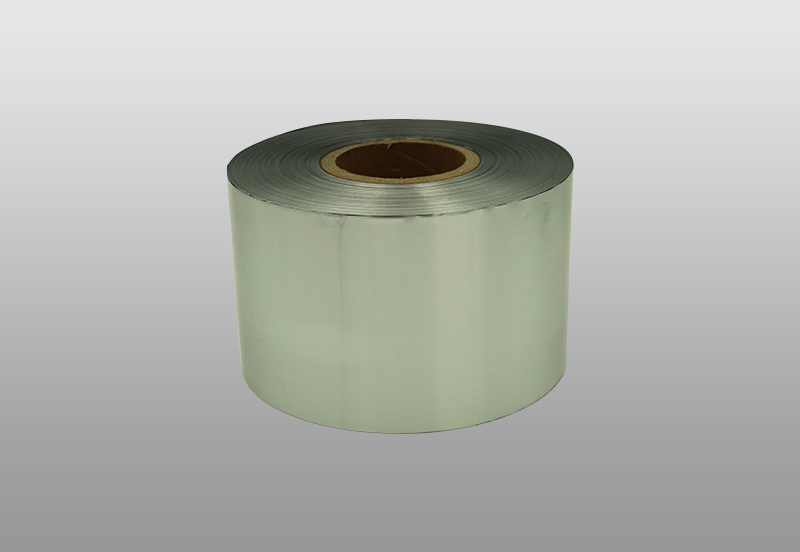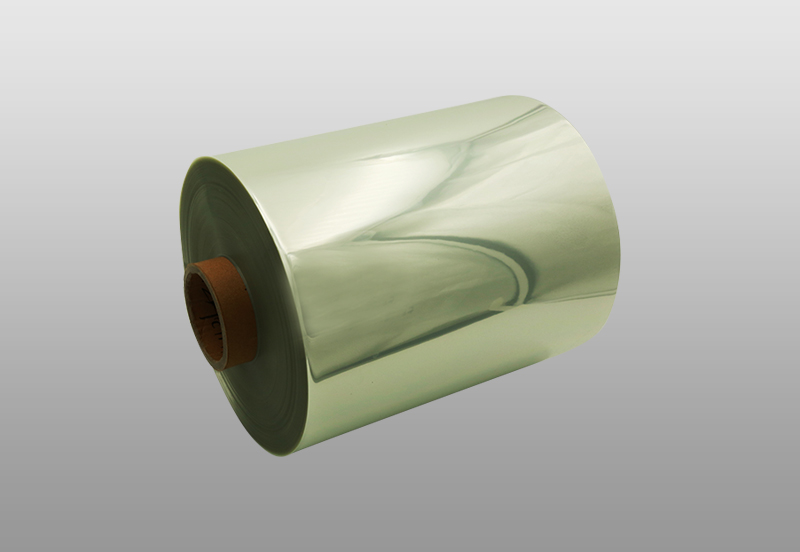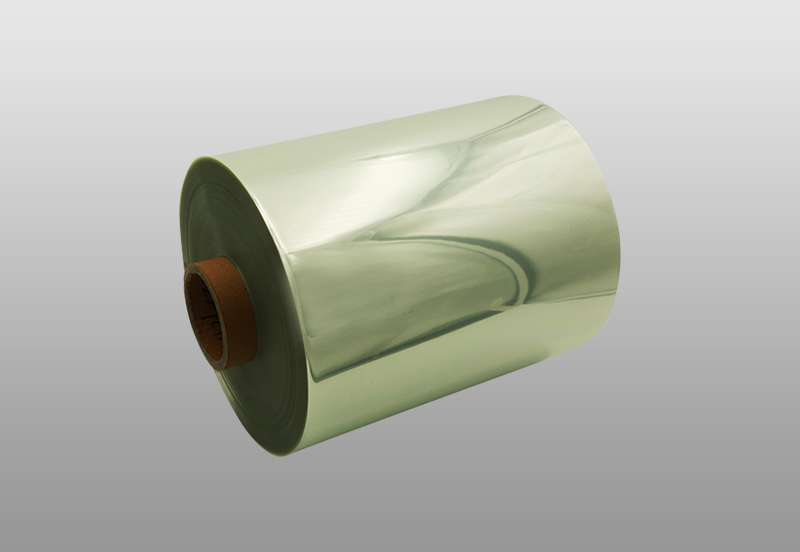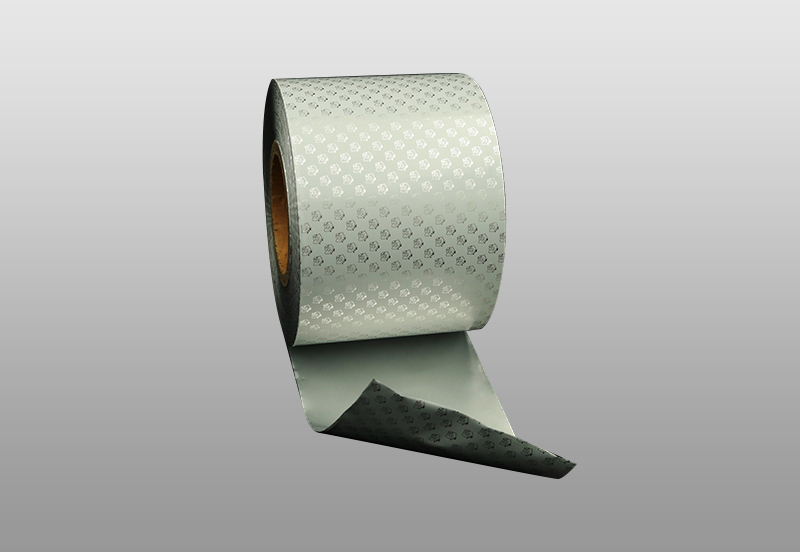1. Photocatalytic inorganic antibacterial agent film
Antibacterial mechanism: The photocatalytic antibacterial agent is mainly TiO2, which can produce a large number of hydroxyl radicals and oxygen free radicals on the surface under the action of light. These two radicals have strong chemical activity and can cause various microorganisms to grow. It is organically decomposed, so it has antibacterial properties.
Application of photocatalytic inorganic antibacterial agent film. Since 1995, photocatalytic preparations were first launched in Japan, food packaging.
2. Natural and polymer antibacterial film
Other antibacterial agent films include natural antibacterial agent films and polymer antibacterial agent films. Their antibacterial mechanism is through the charge on the molecular chain and the action of microorganisms, thereby inhibiting the reproduction of microorganisms and playing an antibacterial effect. Chitosan, sorbic acid, and curcuminol are mainly used for food packaging.
3. Composite antibacterial agent film
The effect of the composite antibacterial agent film is mainly reflected in the following aspects: prolong the antibacterial cycle; produce antibacterial properties at low concentrations; broaden the antibacterial spectrum and inhibit more microorganisms than any single antibacterial film.
4. Thin inorganic antibacterial agent
Inorganic antibacterial agent is an antibacterial agent prepared by using silver, copper, zinc, titanium and other metals and their ions to sterilize and inhibit bacteria. In the early 1980s, Japanese scientists began to directly add silver compounds to the resin, and for the first time made an antibacterial plastic film with an inorganic antibacterial agent.
Antibacterial mechanism: Since inorganic antibacterial agents belong to the dissolution contact type antibacterial agent, the antibacterial effect of the inorganic antibacterial agent film is passive. There are two explanations for the antibacterial mechanism of metal ions.
One is the contact reaction mechanism. The metal ions in the inorganic antibacterial film come into contact with microorganisms, which destroys the structure of the microbial protein and causes the death of the microorganisms or dysfunction.
One is the mechanism of active oxygen. The micro metal ions distributed on the surface of the inorganic antibacterial film can absorb energy in the environment, activate the oxygen adsorbed on the surface of the packaging film, and generate hydroxyvinyl groups and active oxygen ions. They have strong redox ability and can destroy The ability of bacterial cells to reproduce, inhibit or kill bacteria, and produce antibacterial effects.
5. Organic antibacterial agent film
Antibacterial mechanism: The main mechanism of action of organic antibacterial agents is to gradually enter the cell by combining with anions on the surface of the microbial cell membrane, or to react with the sulfhydryl groups on the cell surface to destroy the protein and cell membrane synthesis system and inhibit the reproduction of microorganisms.

 English
English Español
Español русский
русский 简体中文
简体中文






